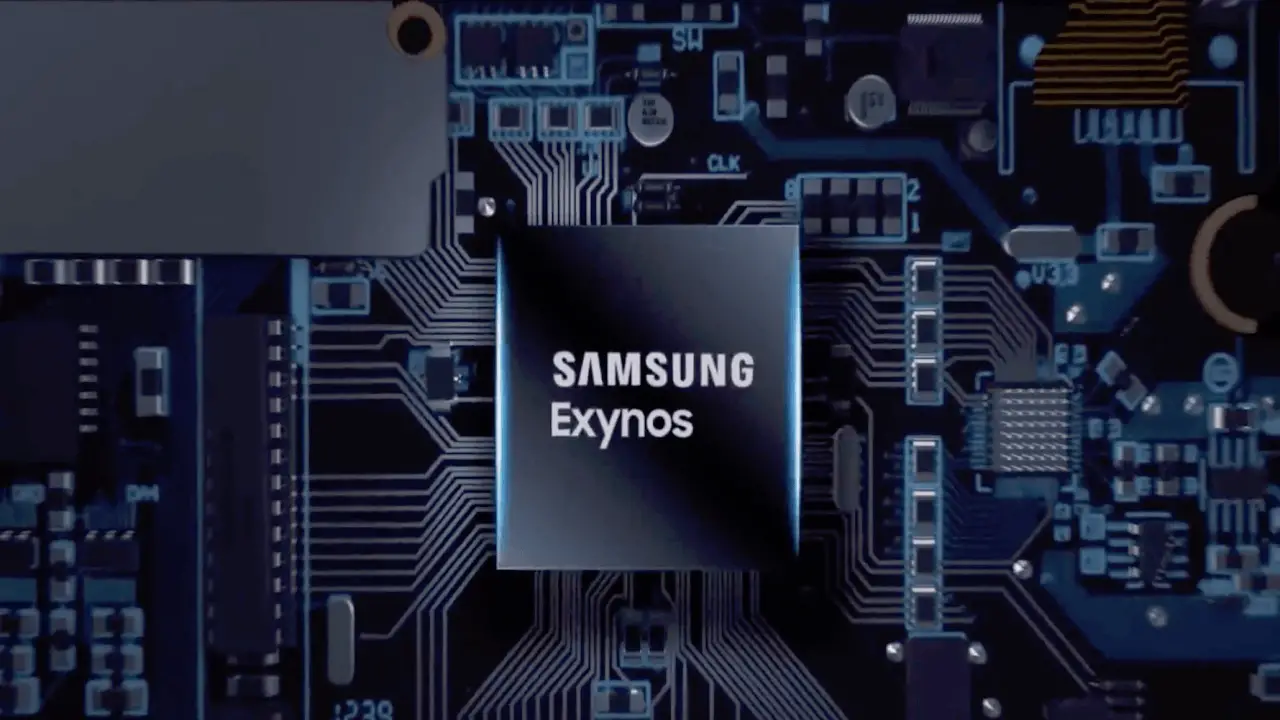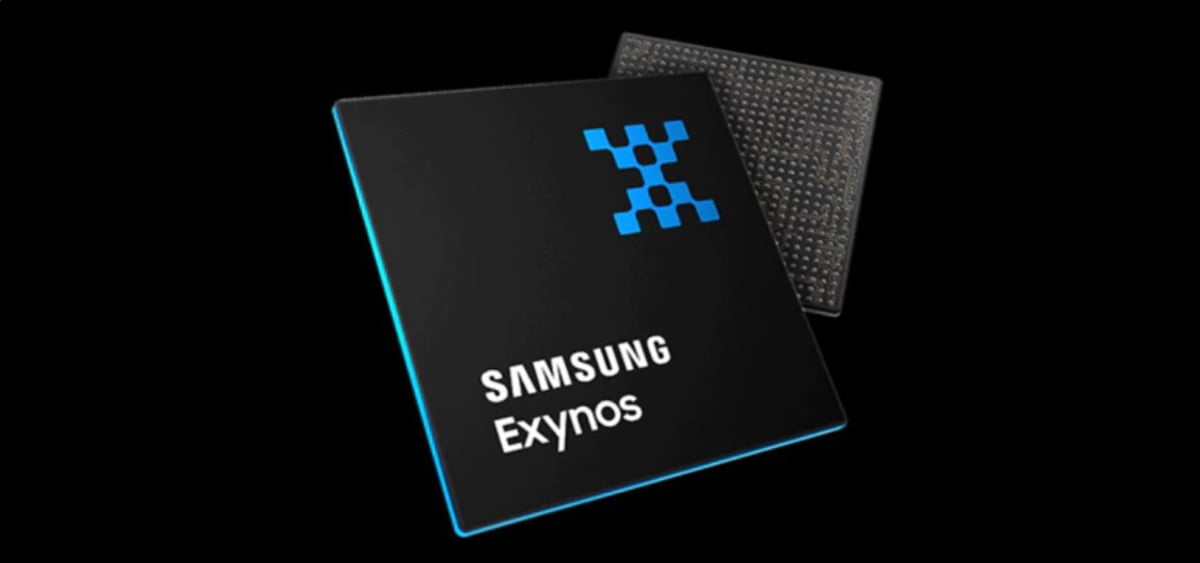We made a comparison and all the information shows that Galaxy S21 with Exynos 2100 will be more powerful than the version with Snapdragon 875. The presentation of the Galaxy S21 family is still scheduled for January 14, a date that will also mark the beginning of the pre-purchase period, although its international launch will not be completed until January 29.
- Samsung introduced its new Smart Monitor M5 and M7: specs, price and release date
- Samsung presents a smart SSD that is able to store 12TB in a 4GB space
- Samsung is preparing to sell Exynos to Oppo, Xiaomi and Vivo
Galaxy S21 with Exynos 2100 vs. Galaxy S21 with Snapdragon 875
Thanks to a recent leak, we had the opportunity to find out the specifications of the Galaxy S21 family, but we were left wondering which processor will be more powerful, the Snapdragon 875 that will be mounted in the China and United States version or the Exynos 2100, which will be present in the models that will be marketed in the rest of the world.
The Galaxy S21 with Exynos 2100 will be the best option of this generation. At least in theory, since at the moment, we have no official performance evidence to support this idea, but we do have a set of leaks that clearly point in that direction.
Samsung’s processor, Exynos 2100, will be built in a 5 nm process, like the Snapdragon 875, and will adopt the same big.LITTLE structure with three core blocks in the CPU, but will follow a different approach in the working frequencies. Here is a summary of the specifications of each chip so you can make a direct comparison:
Exynos 2100
- Manufactured in 5 nm process.
- Eight-core CPU with big.LITTLE structure.
- A high-performance Cortex-X1 core at 2.91GHz.
- Three cores Cortex-A78 high performance at 2.81GHz.
- Four cores Cortex-A55 high efficiency at 2.21GHz.

Snapdragon 875
- Manufactured in 5 nm process.
- Eight-core CPU with big.LITTLE structure.
- A high-performance Cortex-X1 core at 2.84GHz.
- Three cores Cortex-A78 high performance at 2.42GHz.
- Four cores Cortex-A55 high efficiency at 1.8GHz.
As we can see, the Exynos 2100 has higher working frequencies in all its cores, which means that it will offer higher performance in both single and multithreading.
In the most recent performance tests that have appeared, we have seen that the Snapdragon 875 reached 3319 points in multithread. However, several sources claim that Samsung’s Exynos 2100 is very close to 4,000 points in that same test.
It remains to be seen how well Qualcomm’s new GPU-level performance will perform against the Snapdragon 875. Samsung typically uses ARM’s Mali GPUs, and they don’t perform well against Qualcomm’s Adreno. The reality may change this time around, but frankly, I think it’s unlikely – in fact, I’m convinced that the South Korean company won’t be able to beat the Adreno in a big way until it completes its AMD collaboration and shapes a Radeon smartphone GPU.
As far as power consumption and working temperatures are concerned, nothing is clear yet either, but we imagine that Samsung learned from its mistakes made with the Exynos 990, and will not repeat them with the Exynos 2100 in the Galaxy S21.





